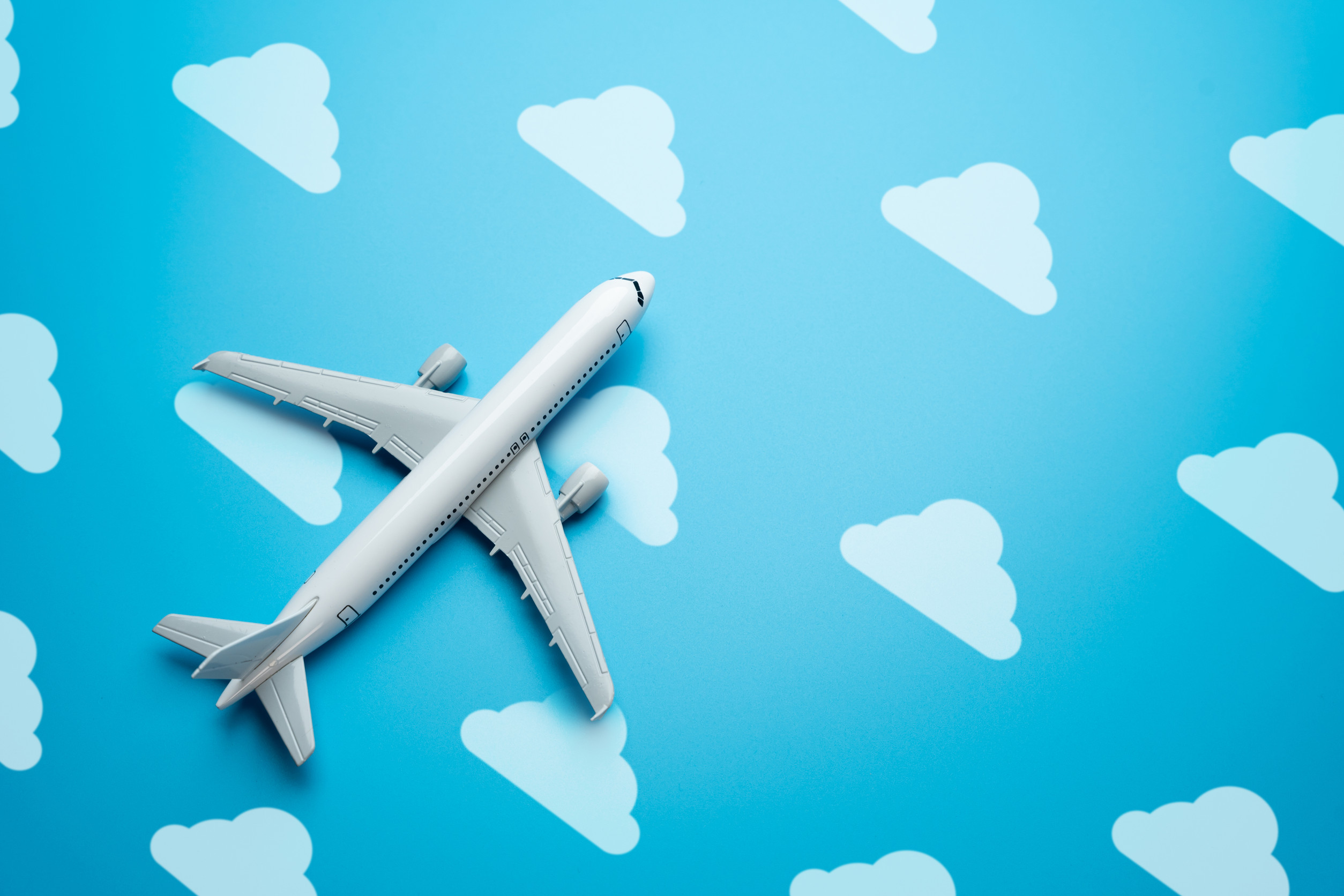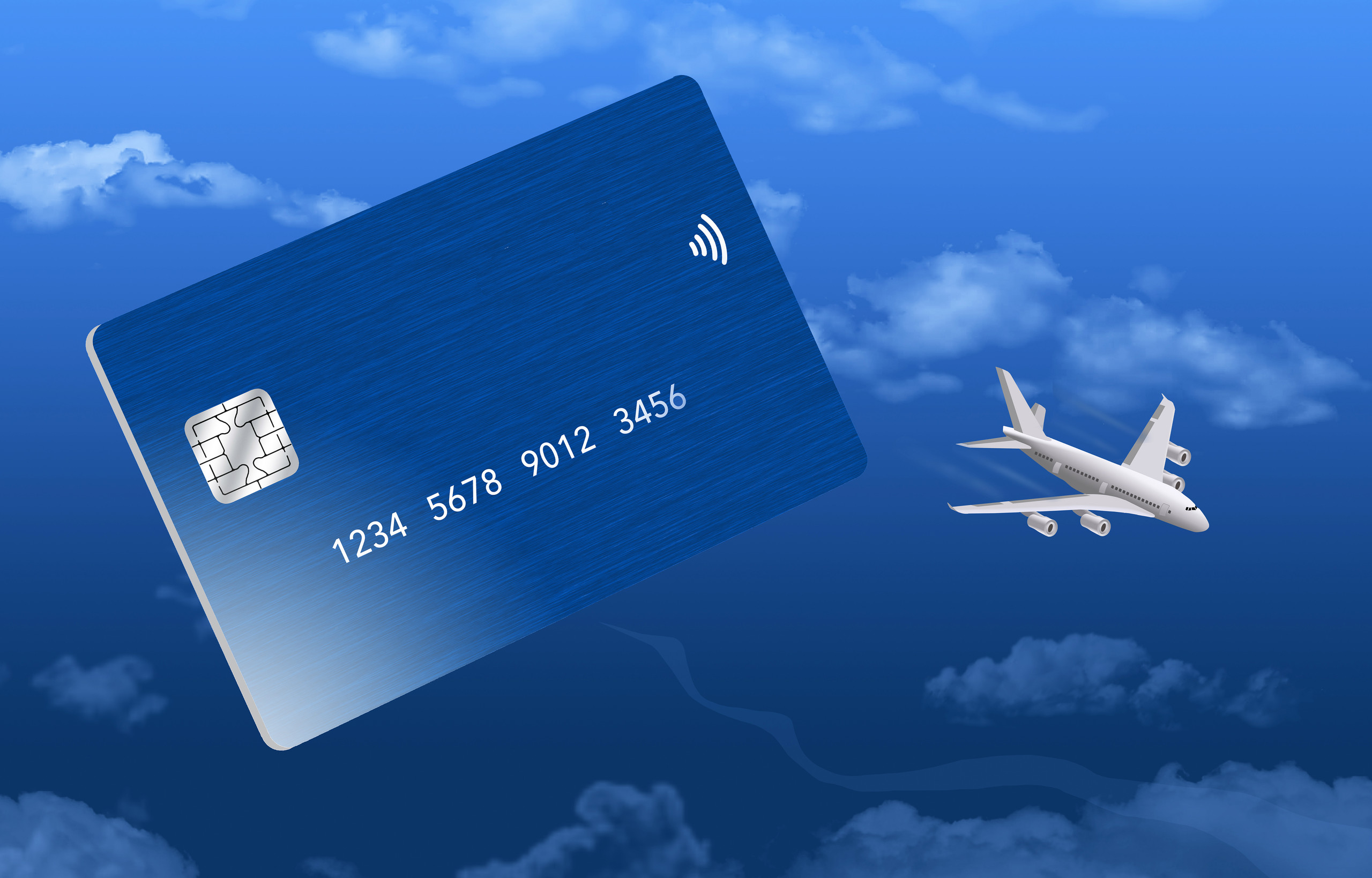Many travelers assume airline miles are like fine wine—they only get better with time. The reality is that miles can vanish faster than a seat upgrade on a sold-out flight. Airlines often set quiet expiration policies buried in the fine print of loyalty programs.
One long lull in travel or spending can send those hard-earned miles into oblivion. It’s a rude awakening when people log in, ready to book a dream trip, only to find their balance wiped out.
Why Airlines Want Your Miles to Expire
Miles aren’t just rewards; they’re liabilities on an airline’s balance sheet. By setting expiration dates, airlines encourage customers to stay active and engaged with their program. This tactic pushes travelers to book flights, use co-branded credit cards, or buy partner services.
It’s less about generosity and more about keeping revenue flowing. Expiring miles ultimately protect airlines while catching casual travelers off guard.
The Sneaky Timelines That Trip Up Travelers
Not all expiration rules are created equal, which adds to the confusion. Some programs cut off miles after just 18 months of no activity. Others stretch it out to 24 or even 36 months, but the clock is always ticking. Even worse, rules can change with little notice, leaving loyal customers scrambling. The inconsistency makes it easy for travelers to miscalculate and lose big.
Simple Actions That Reset the Clock
The good news is that most airlines count even the smallest transaction as “activity.” A single mile earned or redeemed—whether through flights, shopping portals, or hotel partnerships—usually resets expiration dates. Buying a coffee through an airline’s dining program can be enough to keep balances alive.
Credit card holders have an even bigger safety net since their spending directly earns miles. Staying engaged doesn’t have to mean taking a full trip every year.
Programs That Let Miles Live Forever
A few airlines stand out for playing nice with their customers. Carriers like Delta, JetBlue, and Southwest don’t enforce expiration on their miles at all. This makes them fan favorites for travelers who only fly occasionally. Their approach reflects a customer-first strategy that builds long-term loyalty. For those who don’t want the pressure of deadlines, these airlines are a safe bet.
Credit Cards: The Lifeline for Frequent Flyers
Co-branded credit cards are more than shiny perks; they’re insurance policies for miles. Every purchase earns rewards, which usually keeps balances active indefinitely. Some cards even come with built-in mile protection as part of their benefits. For frequent flyers, this safety net makes the annual fee worth it. The combination of earning potential and security keeps miles from slipping through the cracks.
Hidden Pitfalls That Still Put Miles at Risk
Even when a program offers “no expiration,” there can be loopholes. Airlines sometimes merge, rebrand, or restructure loyalty schemes, which can reset terms. Transfers between partner programs may also come with restrictions. Promotional miles or bonus offers might carry shorter shelf lives than standard ones. Travelers who don’t read the fine print can be blindsided despite thinking they’re in the clear.
How to Keep Track Without Stress
Managing miles doesn’t need to feel like juggling flaming torches. Apps and online tools can send reminders before balances vanish. Many airlines also allow email alerts when accounts near inactivity. Setting calendar nudges to trigger small actions can keep points safe with minimal effort. A little organization turns the stress of expiration into a background detail.
Why Losing Miles Hurts More Than Cash
Miles carry emotional weight because they represent potential adventures. Watching them vanish feels worse than losing a few dollars. That’s because travelers picture the trips they could have taken—the beaches, cities, and memories that slipped away. Airlines know this psychology well, which makes expiration rules even more frustrating. Protecting miles isn’t just about money—it’s about keeping dreams within reach.
The Bottom Line for Smart Travelers
Airline miles are powerful tools, but they come with fine print that can’t be ignored. Expiration policies vary wildly, and ignorance can mean losing out on big travel opportunities. Staying active in a program takes minimal effort if done strategically. Credit cards, small purchases, and occasional redemptions all keep accounts safe. The smartest travelers treat miles like living things that need attention to survive.
Keep Your Miles in the Air
Airline miles may feel like a promise of future adventures, but without attention, they can slip away sooner than expected. By understanding expiration rules, taking small actions, and leveraging credit cards, balances can stay secure for years. Smart travelers make loyalty programs work for them rather than the other way around. Don’t let an airline quietly erase the trips you’ve been saving for.
Have you ever lost miles without realizing it? Share your experience or tips in the comments below.
You May Also Like…
5 Sneaky Airline Fees Travelers Rarely Notice Until It’s Too Late
These Are The Top 5 Airlines To Fly With
8 Most Reliable Airlines for Stress-Free Flying
10 Travel Habits That Tell Watchers You’re Gone for Days
“Solo Travel Isn’t Lonely”: 12 Reasons to Book That Trip for One


